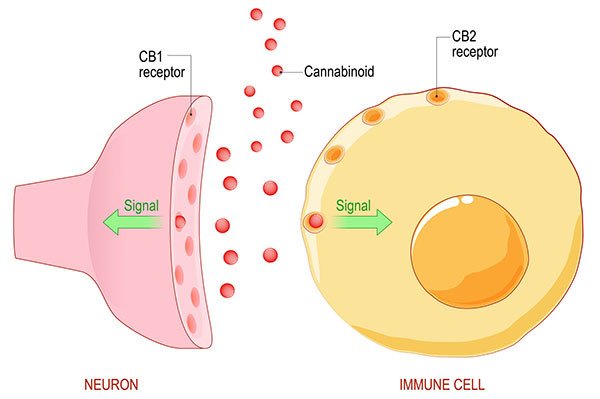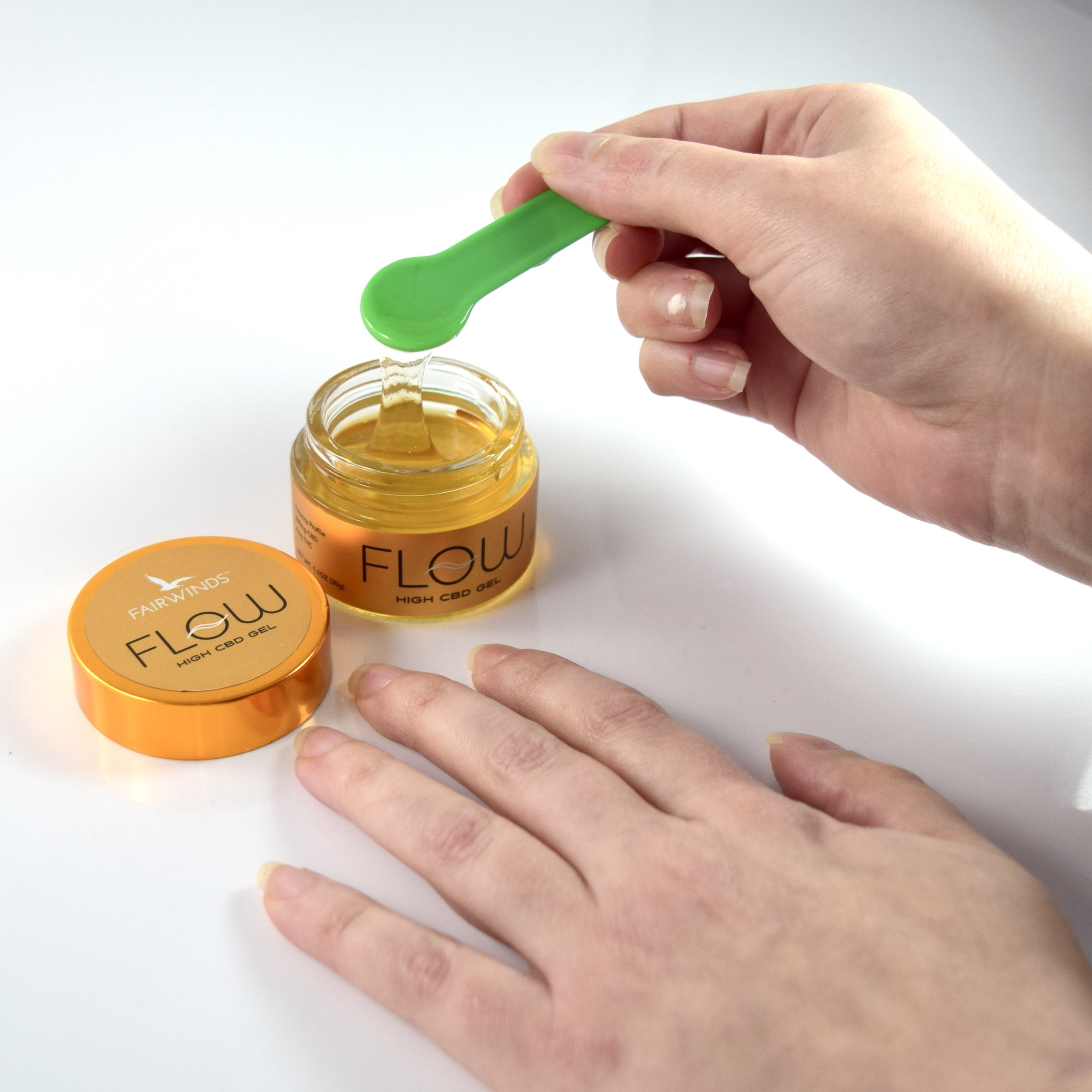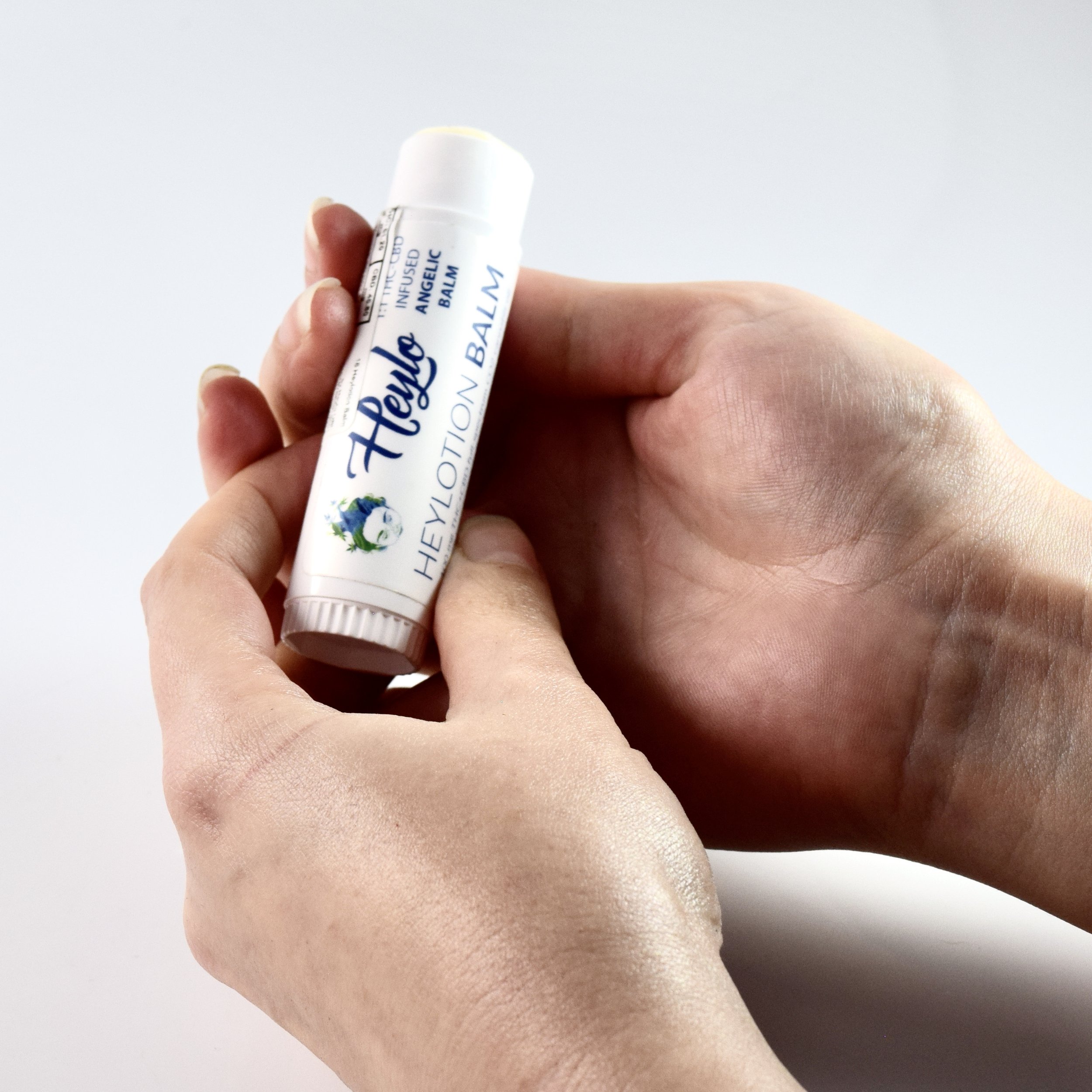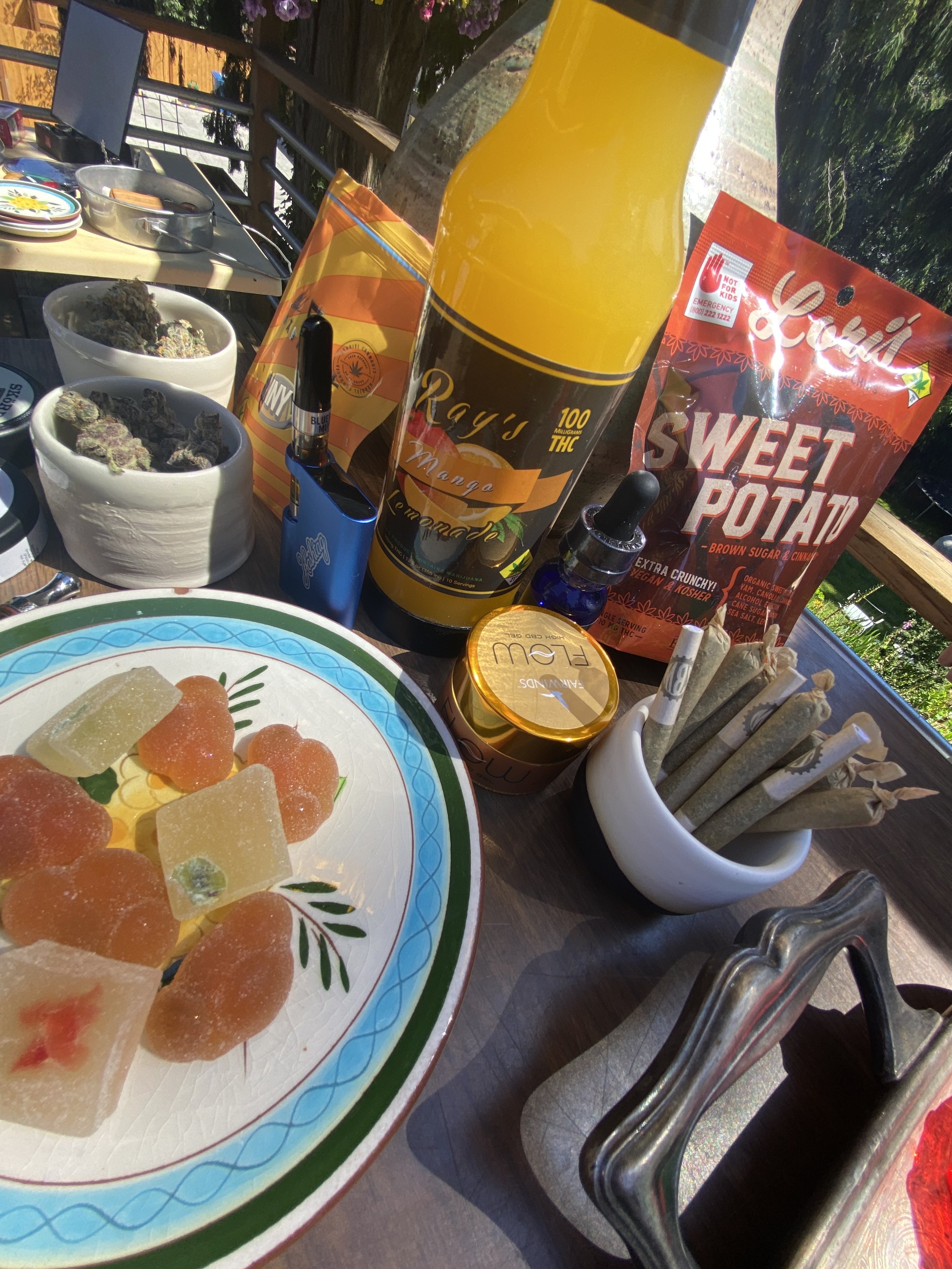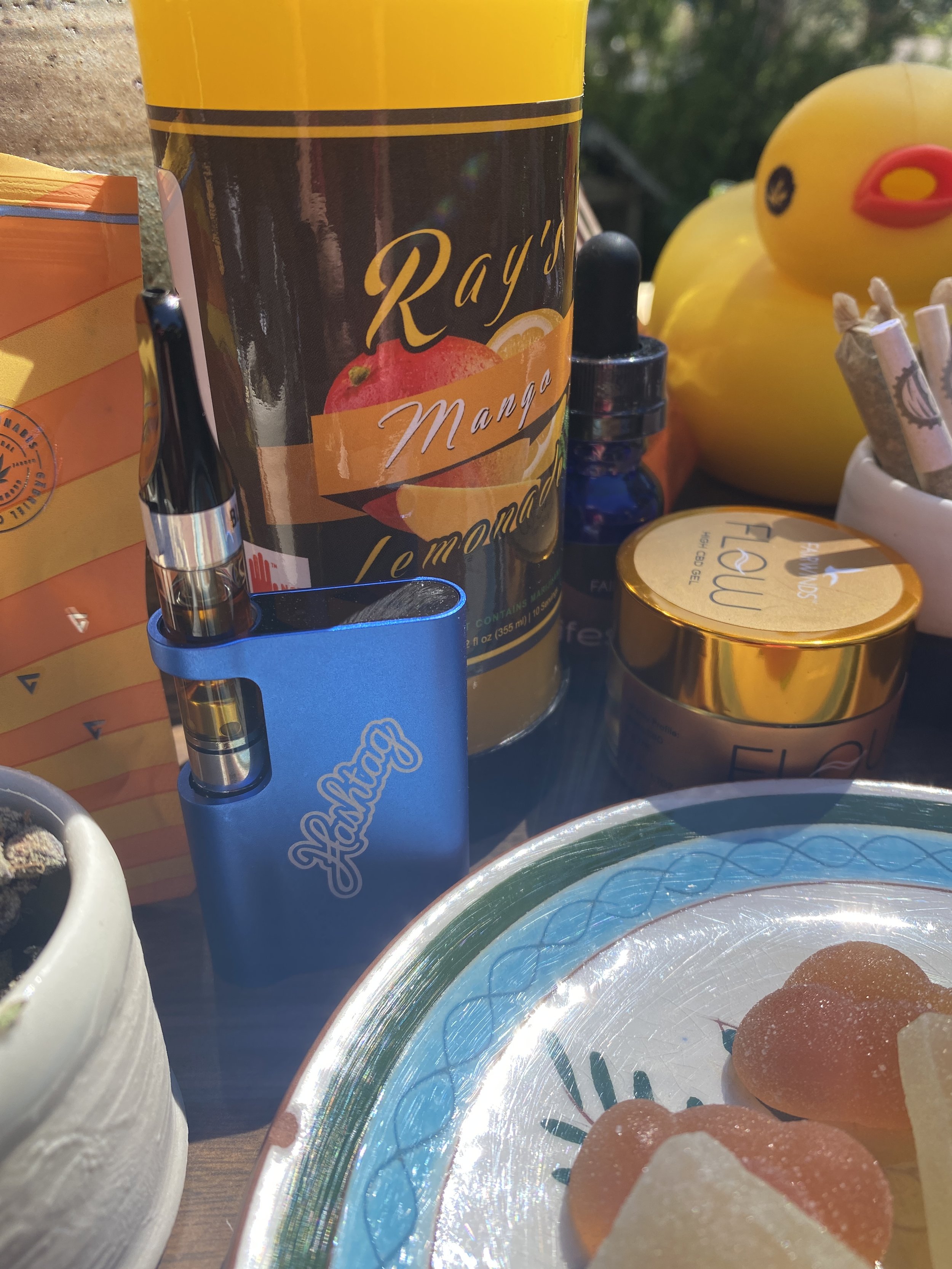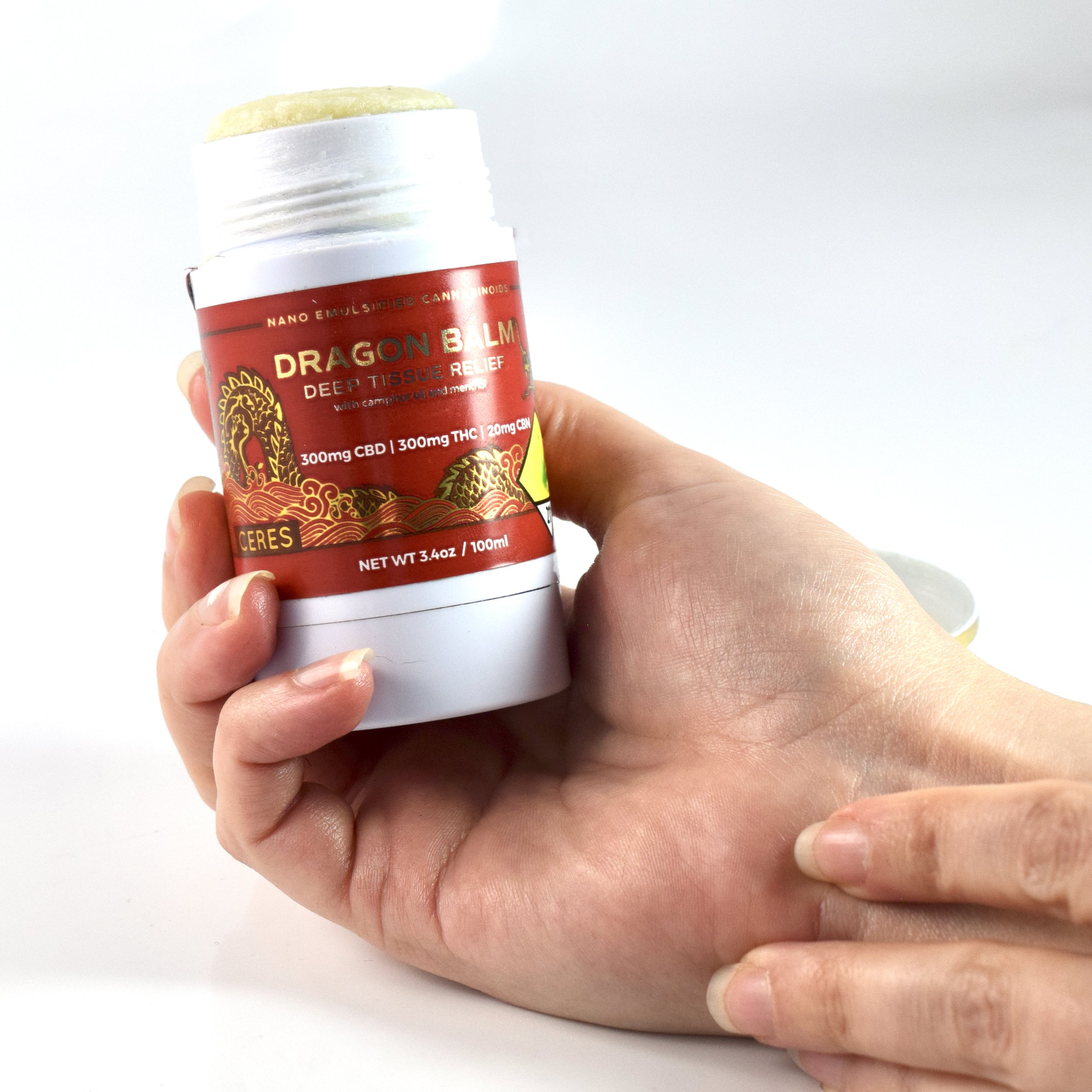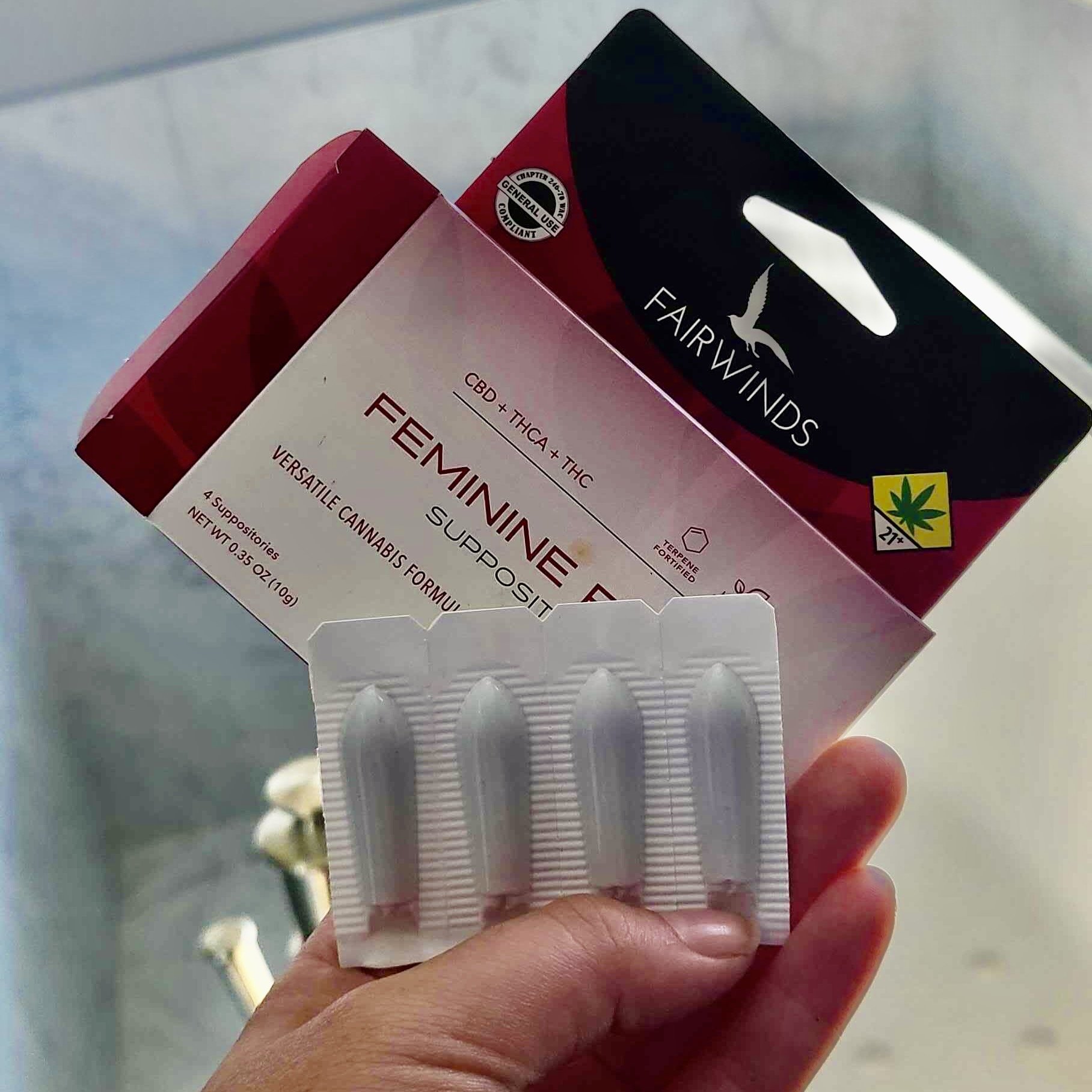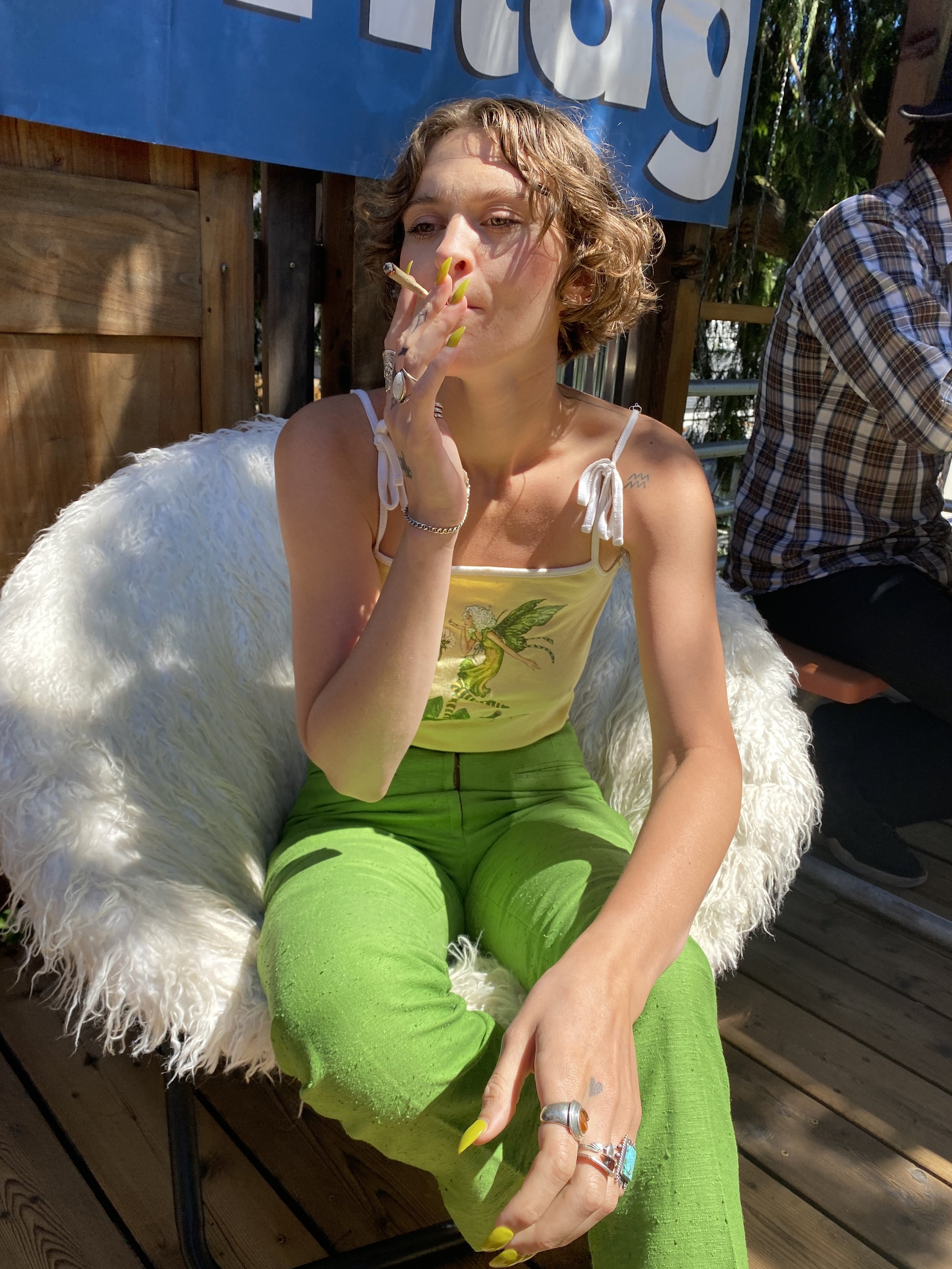Everything You Need To Know About Cannabis Topicals
by Rachel Hantula, director of customer experience
What IS a cannabis infused topical?
Today, there is a cannabis product for just about any and everything. Among the vast array of product types available on the market, cannabis topicals are some of the most unique. You don’t smoke or vaporize a topical, you won't get high or become intoxicated, and you simply apply externally by rubbing them right into your skin.
They are fast-acting and produce localized relief for soreness, pain, and inflammation. Topicals are the favorite of consumers who want the therapeutic effects of cannabis without the psychoactive effects of other cannabis consumption methods.
FUN FACT:
Cannabis topicals may be traced back all the way to ancient Egypt, where the Ebers papyrus (one of the world’s oldest medical documents) reveals their use for anti-inflammatory purposes.
Much later, Queen Victoria of England is reputed to have used cannabis tinctures and cannabidiol (CBD) oil to relieve menstrual cramps. Today, cannabis topicals are widely available and tapped for their potential to treat pain, inflammation, mood disorders, and much more.
How do topicals work and why do they work differently than other means of consumption?
Cannabis topicals work by providing localized relief through skin absorption. Topicals are absorbed through the skin’s pores and are distributed to the endocannabinoid system to engage with our cannabinoid receptors, triggering an acceleration of collagen cells that assist with the reduction of inflammation, pain, aging, and bacteria growth.
The human body’s endocannabinoid system has CB1 receptors and CB2 receptors. CB1 receptors are located in the brain, nervous system, lungs and liver. The feeling of being high from THC consumption is when THC attaches to the CB1 receptors.
CB2 receptors on the other hand are located in the immune and digestive systems. When cannabis attaches to CB2 receptors, it fights against inflammation and helps the body return to homeostasis.
When applied topically, THC does not penetrate the blood vessels and therefore doesn’t attach to the CB1 receptors. This is why topicals don’t typically produce psychoactive effects associated with THC. This is also why topicals provide localized treatment as opposed systemic, full-body relief.
Because most topicals contain a well-balanced amount of differing cannabinoids, topical cannabis is one of the best ways to stimulate the entourage effect. When we consume the right balance, our endocannabinoid system can benefit from the parts of the plant providing its best overall benefits.
In addition to cannabinoids, topical cannabis also contains terpenes. Over 200 unique terpenes are present in the cannabis species, each with multiple advantages. Including terpenes in topical cannabis products allows the skin to absorb the best parts of cannabis, allowing our bodies to experience its amazing therapeutic effects.
MORE ABOUT TERPENES:
Types of topicals:
Salves & Ointments: These are thick, greasy, semisolid preparations. They contain no water, and are usually made of oil, paraffin, or petroleum.
Creams: This is a thick, water-in-oil preparation. It is a great choice for fighting inflammation.
Lotions: This one is an oil-in-water formula that is light and non-greasy. It is usually made up of alcohol and a moisturizing ingredient.
Oil: This is mostly oil. It is like lotion but thicker.
Gels: These are semisolid transparent preparations usually made up of cellulose. Gels become a liquid when they are applied to the skin.
Roll-on balms: For easy application, apply like a stick of deodorant. Balms are solidified oils that melt into liquid when they come into contact with your skin. Unlike creams, balms do not contain water.
How much do I use?
Some products can and should be applied more liberally or generously than others. Follow all directions as prescribed on each topical packaging. Some topicals recommend more vigorous massaging of product whereas others direct for lighter coverage.
Most topicals recommend starting with a minimal amount and continuing to reapply as needed. You cannot over consume a topical to the point of intoxication; however, some topicals contain ingredients that may be irritating to sensitive skin if applied too generously.
How to further maximize a cannabis topical’s effectiveness:
Most people turning to cannabis topicals are searching for some form of relief from discomfort, pain and/or inflammation. An infused topical alone can absolutely provide relief to some individuals depending on their individual body chemistry and severity of their discomfort.
If any individual is suffering with unbearable amounts of pain, or isn’t finding the relief they’re searching for through topicals, stacking of consumption methods is highly recommended.
What is stacking?
Stacking consumption methods refers to utilizing multiple methods of consumption at once to address either one singular issue or multiple concerns. Consuming multiple product types allows us to take full advantage of the various entryways to our endocannabinoid system, allowing for the most widespread and efficient engagement with our endocannabinoid receptors. I typically recommend stacking products to those who are in debilitating pain/discomfort and have seen many of the folks I’ve helped have great success in this method.
The idea behind the stacking methodology for pain management is that we are attacking the discomfort from all sides, internally and externally.
You can stack any cannabis products! Beverages, edibles, vapes, topicals, concentrates, you name it!
For example, every month for about a week, I experience severe menstrual cramps. I have tried every and all things cannabis for relief. The more products I stack, the better the results.
Be warned: stacking WILL get you high if stacking with THC dominant products. Stacking can also be done with CBD dominant products to avoid intoxication; however, for severe pain, the more balanced the ratio of CBD:THC, the better.
I start with either edibles or capsules. These take time to kick in, so the sooner we start with these, the better. Since they are ingested and digested, these products will act systemically, providing full body relief. For the most optimized pain relief, I typically choose a 1:1 CBD:THC ratio for my edible. Always follow dosing recommendations listed on packaging, and increase dosage as needed.
I then introduce two forms of topicals (for menstrual pain, specifically), those being a mentholated infused salve as well as a uterine-relief focused suppository. I apply the salve to both my abdomen and lower back. I insert the suppository directly into my vaginal canal. As those are both absorbing through skin and mucous membranes, working their magic, I move on to the final step of my stacking for menstrual pain relief.
Smoking- that’s my final step. I find this to be the cherry on top of the sundae, if you will. It hits almost immediately, providing fast acting relief for both mind and body (let’s be honest--mental relief is extraordinarily helpful when we’re experiencing physical pain, and getting high helps to distract). This allows for an initial dulling of any severely painful edges we might be hitting until all methods can fully activate and kick in. I will also often infuse my flower with hash to further maximize its potency and efficacy for full body relief.
Topicals will likely kick in next after smoking/inhalation. Topicals can take anywhere from 20 minutes to an hour before feeling the onset. Edibles will take the longest, sometimes as long as 90 minutes to two hours. Relief provided from edibles couples with that provided by topicals and smoking, also extending the life of these effects longer than any one consumption method can provide alone.
When it comes to stacking, start low and go slow. Start with a topical and only one other method, first (smoking, edible, tincture, whichever). If you find you aren’t getting the relief you need, stack on another method, and so on. When it comes to finding relief through cannabis, it really is about learning what works best for us as an individual, whether it be consumption method, dosage, or strain type.
Important to remember- We always speak from our own experiences with cannabis and cannabis infused products as well as the experiences of the folks we have helped--but please always consult a medical professional if you need medical advice, including questions about cannabis products and their potential to interact with other medications or relief methods as prescribed by your doctor.



